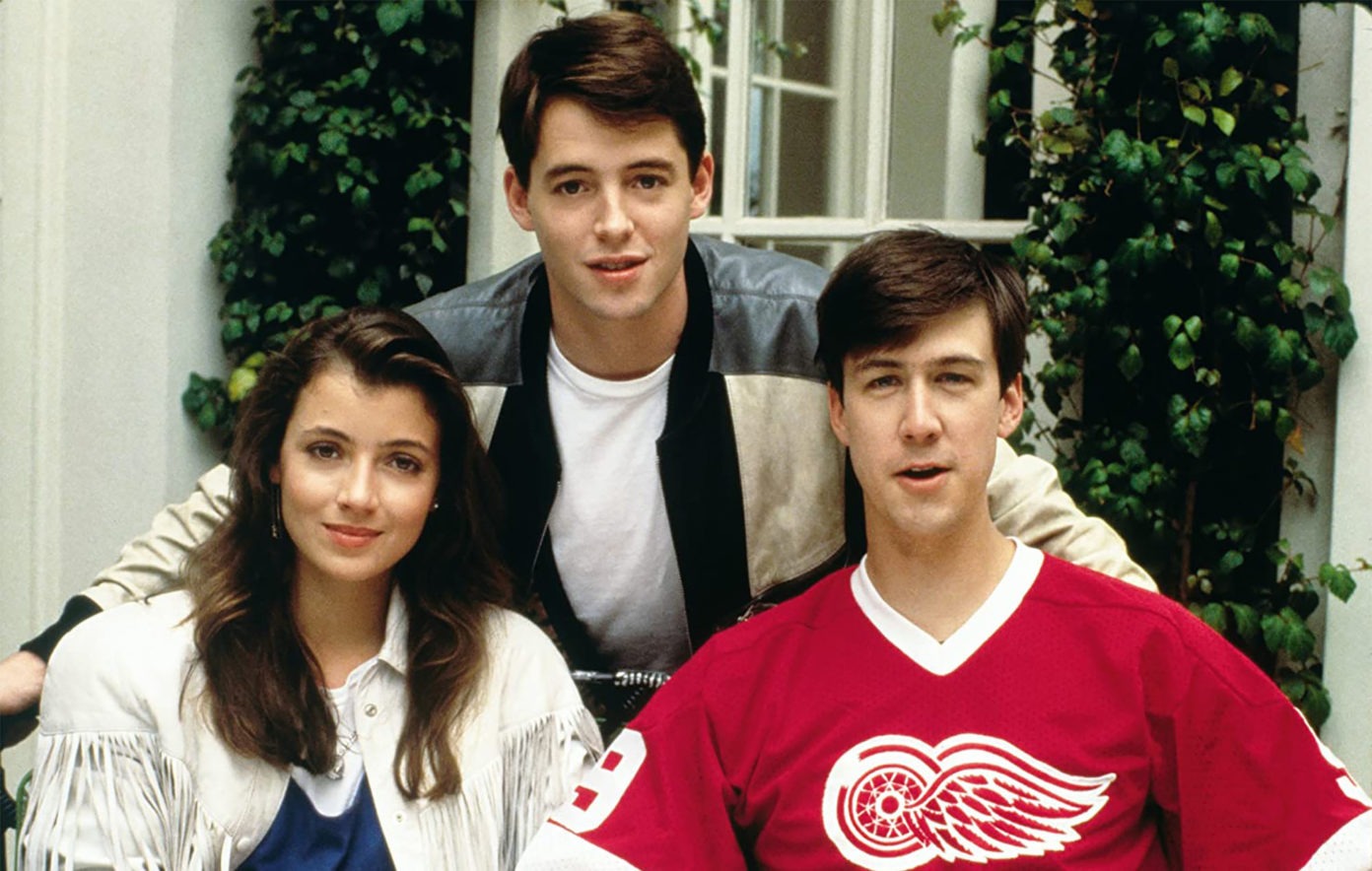When I was a teenager, attending what I’ll call Inner City Rust Belt High School, an integrated institution across the street from an auto plant in Michigan, I got all my impressions of suburbia from the movies. Risky Business. Ordinary People. National Lampoon’s Vacation. The entire John Hughes oeuvre, especially Sixteen Candles, The Breakfast Club, and Ferris Bueller’s Day Off.
It was an exotic world. Or perhaps its lack of exoticism made it seem so to me. Unlike at my high school, there were no Black people, and lots of rich people, so social distinctions were based on class, rather than race. Every John Hughes movie featured a kid from the wrong side of the Metra tracks vs. a sneering snob who probably lived in a Sheridan Road mansion. People drove foreign cars—expensive ones, like Cameron’s father’s Ferrari in Ferris Bueller. They were obsessed with academic and professional achievement. In Risky Business, Tom Cruise spared himself from going to Illinois by setting the Princeton recruiter up with a hooker.
“Princeton can use a guy like Joel,” Tom’s wealthy father tells him at the end of the movie, his voice practically cracking with pride.
Rightly or wrongly, I concluded that suburbia was segregated and snobbish, an attitude I’ve never been able to shake. I didn’t get that attitude from movies about just any suburbs, I got it from movies about Chicago’s Northern suburbs, which, over the last 40 years, have come to be seen as representative of all American suburbia. (My first job in Chicago was covering the Lake County suburbs for the Tribune. That didn’t change my mind.)
During the first wave of suburbanization, in the aftermath of World War II, the suburbs of Northeastern cities got all the attention, in movies such as Mr. Blandings Builds His Dream House, and in the fiction of John Updike, John Cheever and Richard Yates. When Hollywood rediscovered Chicago in the 1980s, though, it also discovered Chicago’s suburbs, through the work of writers and directors who grew up there. Paul Brickman, who directed Risky Business, was from Highland Park; Hughes was from Northbrook.
In the 1980s, suburbia was in its prime. Back then, nobody with money wanted to live in urban America. Rich people wouldn’t start moving back to cities for another decade. The suburbs are often mocked as a cultural wasteland, but towards the end of the 20th century, that’s where a lot of Chicago’s cultural energy was coming from. Even The Blues Brothers, which is revered as a document of post-industrial, pre-gentrification Chicago, was co-created by John Belushi of Wheaton. Steppenwolf Theatre Company was co-founded by Jeff Perry of Highland Park and Gary Sinise of Blue Island. According to his National Lampoon colleague P.J. O’Rourke, Hughes in particular was eager to rescue his native grounds from the notion that “America’s suburbs were a living hell almost beyond the power of John Cheever’s words to describe.”
Chicago’s 1990s alternative music scene may have been born in Wicker Park, but its leading lights were suburbanites: Liz Phair of Winnetka, Billy Corgan of Elk Grove Village, Local H of Zion. Urge Overkill formed at Northwestern University. High Fidelity, the movie which celebrated that scene, starred Evanston’s own John Cusack as Rob Gordon, a guy from the suburbs who opens a record shop on Milwaukee Avenue.
Chicago’s suburbs continue to define suburbia in popular culture. The 2004 movie Mean Girls, the quintessential depiction of high school cliques, was set at fictional North Shore High School (i.e., New Trier). The characters even shopped at Old Orchard, although it was inaccurately depicted as an indoor mall. Greater Chicagoland also makes an appearance, and provides a contrast: Wayne’s World, set in Aurora, and Roseanne, set in the fictional, Elgin-inspired collar-county town of Lanford, are on the outside, physically, culturally and economically.
Nathan Hill’s The Nix, one of the finest fiction debuts of recent years, is about a young writer who grows up in Streamwood, then goes on to teach literature “at a small university northwest of Chicago, in a suburb where all the giant freeways split apart and end at giant department stores and corporate office parks and three-lane roads clogged with vehicles driven by the parents who send their children to Samuel’s school.” (That sounds a lot like Harper College in Palatine.) The Nix allowed me to vicariously experience the 1980s suburban adolescence I never had, depicted much more realistically than in a John Hughes movie.
This fall, Jonathan Franzen, who was born in Western Springs, is coming out with Crossroads, the first volume in his “A Key to All Mythologies” trilogy. Publishers Weekly calls it “a sweeping and masterly examination of the shifting culture of early 1970s America.” Where better to examine that culture than “the small Illinois town of New Prospect”—a suburb of Chicago.
In the early 20th Century, novelists who wanted to capture America in all its complexity set their stories in Chicago: Frank Norris’s The Pit, Upton Sinclair’s The Jungle, Willa Cather’s The Song of the Lark. In the early 21st Century, they’re turning to Chicago’s suburbs.
Correction: The hometown of John Hughes was previously misidentified. Hughes is from Northbrook, not Deerfield.




Comments are closed.